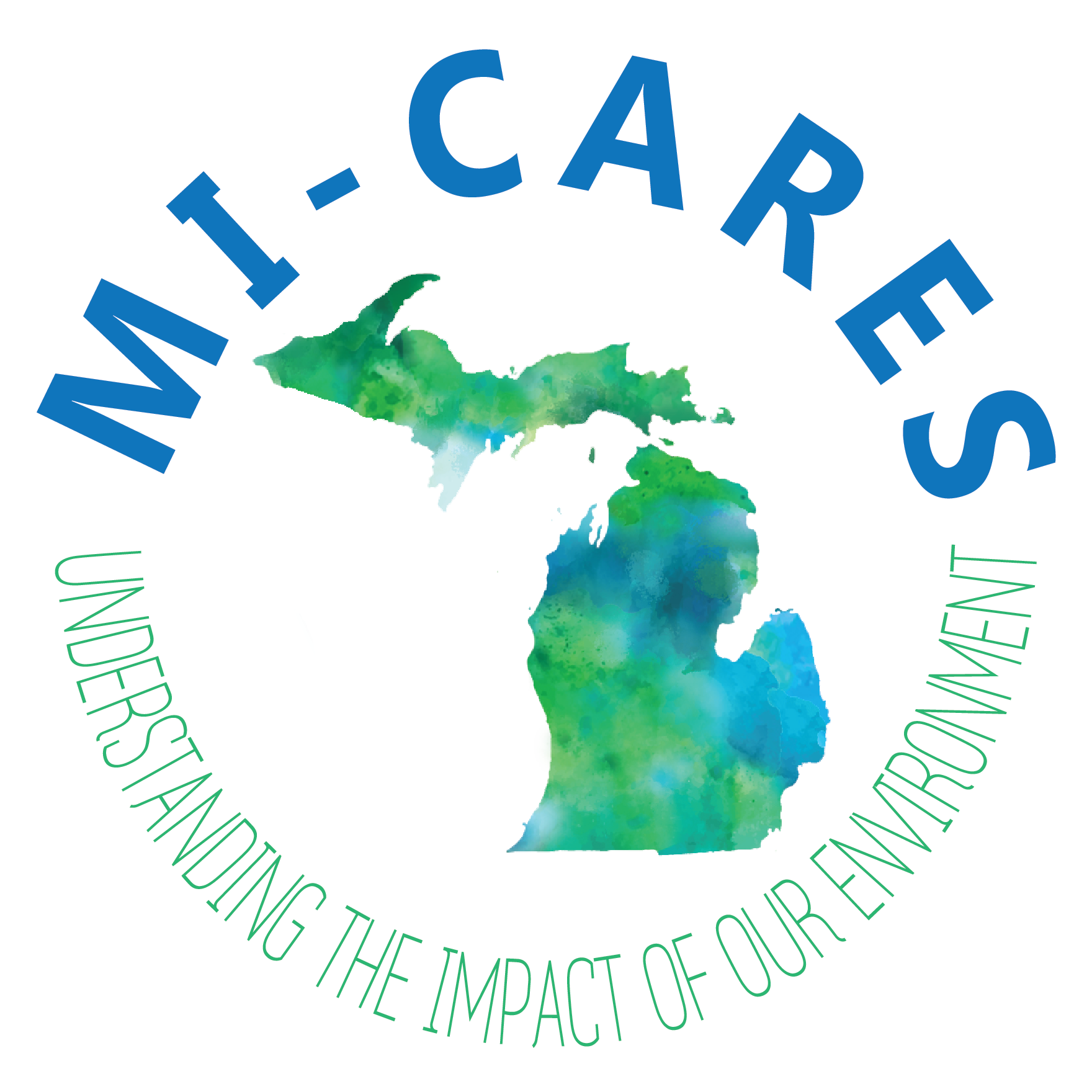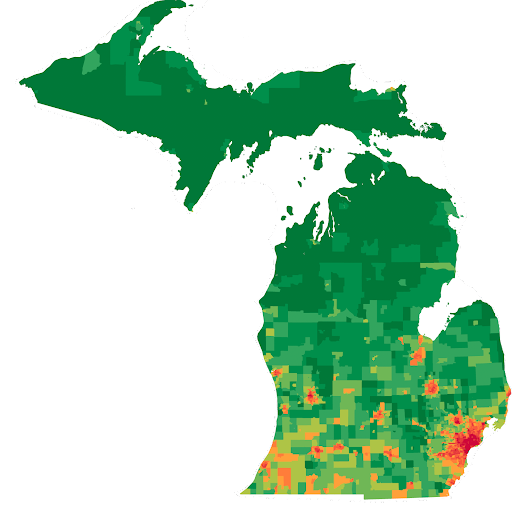The Michigan Cancer and Research on the Environment Study (MI-CARES)
The Michigan Cancer and Research on the Environment Study (MI-CARES) wants to understand the impact of known and suspected Environmental Exposures on the health of Michigan residents, particularly Cancer risk.
People in Michigan have been and continue to be exposed to chemicals in the environment such as air pollution, PFAS, and metals, but researchers don’t have a good understanding of the impact these exposures have on health, including the risk for Cancer. Information learned from this study may help researchers learn about whether and how these Environmental Exposures cause health problems like Cancer and may help researchers find ways to prevent Cancer and other diseases. It is important that Michiganders from all backgrounds participate in this study so that the results will apply to everyone.
The Environmental Exposures being studied include air pollution, metals (like Lead and Arsenic), Per- and Polyfluoroalkyl Substances (PFAS), noise, and chemicals in personal care products (like shampoo). The study will also assess how other factors, including where you live and work, socioeconomic status, race/ethnicity, and lifestyle, impact the relationships between the environment and health outcomes.
Michigan has experienced a number of Environmental Exposures over the years which makes studying the impact of these environmental contaminants on the health of Michigan residents so important.
Who can be involved?
MI-CARES will enroll equal numbers of men and women, aged 18 to 49 years old, living in Michigan. An emphasis of Recruitment will be in areas identified with higher levels of Environmental Exposures (environmental hotspots). Those locations include the Detroit Metro area, Flint, Grand Rapids, Kalamazoo, Lansing and the “Tri Cities” area of Saginaw, Midland, and Bay City.
Link to Study website
For more information on the study, how to become involved and upcoming outreach events, click on the link below.
Link to study website : https://www.micares.health/









